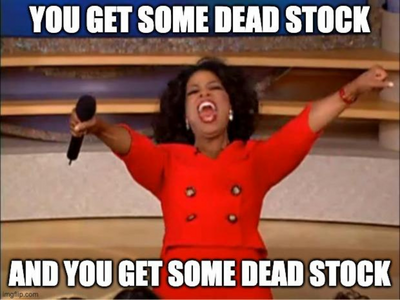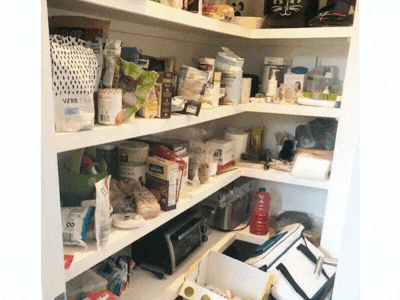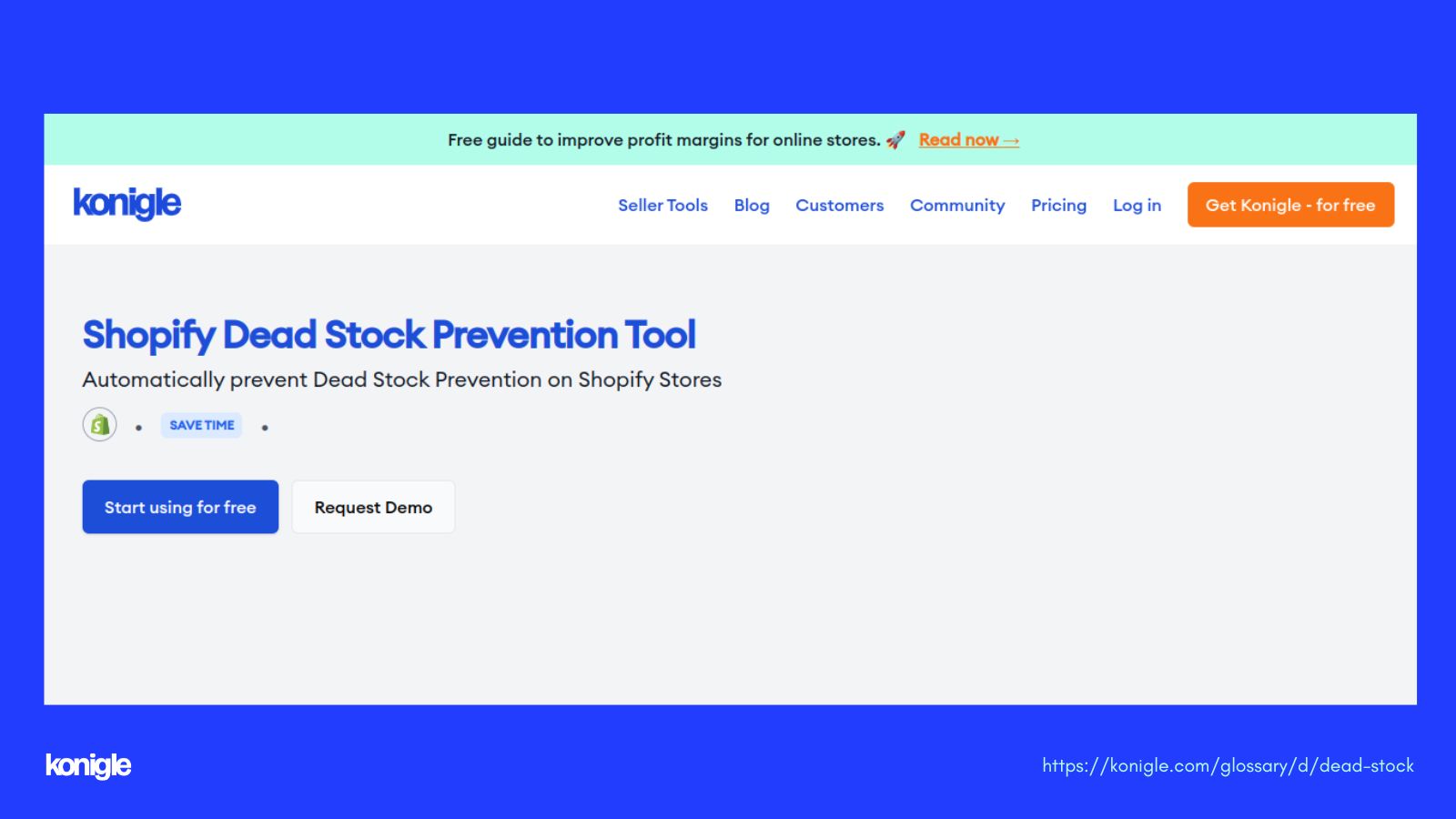Dead stock
Unsold or obsolete inventory that is no longer in demand or usable.
In simple terms, the dead stock is inventory that has not been sold in a very long time and is not likely to sell. But it can also refer to damaged or expired products, unsold seasonal items, some items that were delivered by mistake, etc.
For example, Products that include the words “Christmas Day 2022”, can only be sold for that occasion – they can’t be used after that event or festival has passed, and after that same products become dead stock instantaneously.
By the way, the dead stock doesn’t come overnight. There is a slow process whereby stock gradually becomes dead. Products will go from slow-down to unwanted. You definitely know about any stock that hasn’t sold within a year as dead stock.
In the worst-case situation, dead stock can reason of losing money, which is an important thing that every seller needs to avoid.
What causes deadstock?
- A lack of inventory management
- Bad ordering process
- Over-ordering from the supplier
- Bad demand forecasting
- Poor marketing strategy and sales activities
- Poor quality control
Deadstock value
First, you need to calculate the value of the dead stock as you would figure out the value of sellable products using this formula:
Dead stock inventory value = Total items in stock x items price
For example, if you had 30 items of dead stock, and each piece of dead stock would have been sold at $20, then you would calculate the value like so:
Dead stock inventory value = 30 items x $20 per item
Dead stock value = $600
How do you deal with dead stocks?
Here are the 5 best options to get rid of dead stock that might save you from any more hidden charges or losses. With that, Konigle's Shopify Dead Stock Prevention Tool helps to automatically prevent dead stock in Shopify stores.
Return products if possible: Lots of supplier contracts come with a return policy. means, you can sometimes return items to the supplier.
But the main issue is a supplier return, the products typically need to be in good condition and returned in their original packaging.
Generate FOMO in your Buyers: Start figuring out the lowest possible cost for which you can sell an item. Ideally, this price should fill some of the hidden costs. But if you've been holding a product for more than one year, it might be worth selling it at the price you bought it.
In fact, 60% of buyers admit to making a high amount purchase after experiencing FOMO (Fear of missing out), usually within 24 hours of first feeling it.
Bundle products for a discount: When you have a huge amount of the same items, generate more FOMO by bundling related products together.
Basically, these related products can be partners of dead inventory items or best sellers. Then, sell those bundles of items at a high discount.
Sell it to dead stock buyers: Depending on the inventory condition, you have a few chances for getting rid of dead stock that might leave you at least breaking even.
Some wholesalers will buy your products in good condition in bulk. You can sell good condition dead stock on price-matching sites, like Amazon's Seller Central, etc.
Donate what you can't sell: When you know you don't have a chance to come out from getting rid of your dead inventory, it's better to cut your losses than keep paying to hold onto it.
But dumping it doesn't have a good solution. Instead, consider donating what's unsold and unusable.



